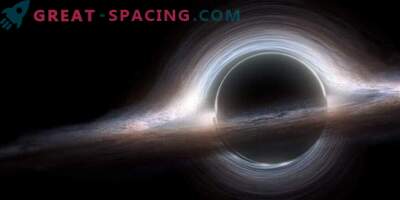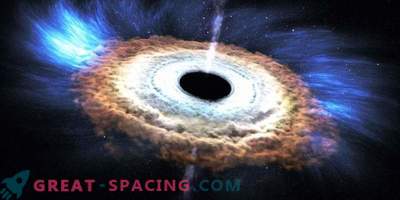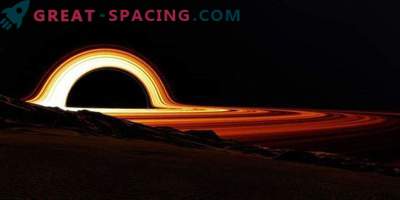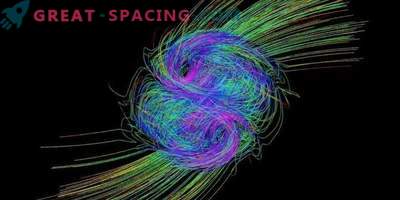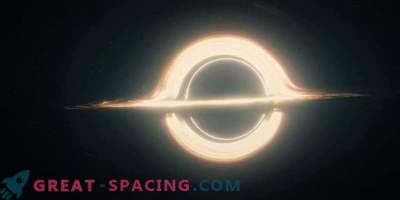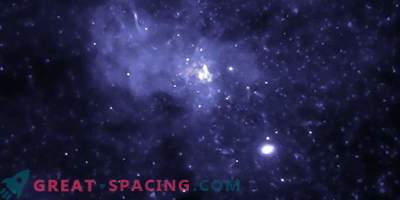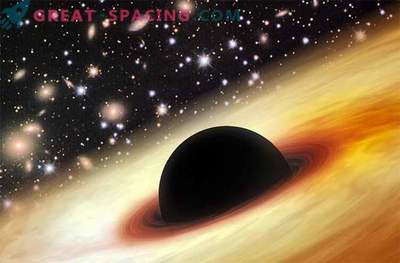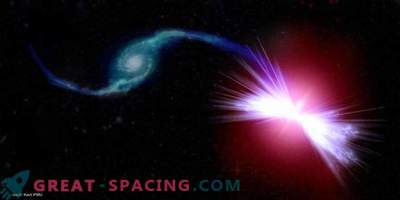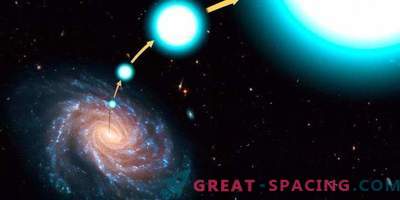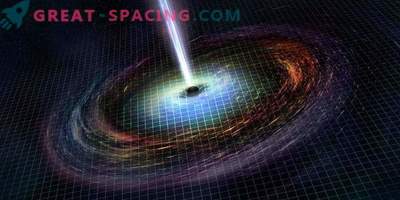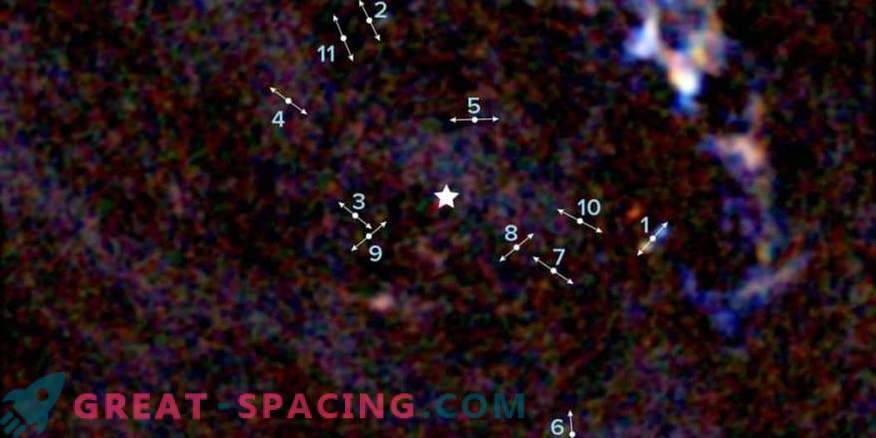
ALMA displays the center of our galaxy, demonstrating the location of 11 young protostars at a distance of 3 light years from a supermassive black hole in the center of the Milky Way. The lines indicate the direction of bipolar blades created by high-speed jets of protostars. A star in the center indicates the position of Sagittarius A * - a supermassive black hole that is 4 million times the solar massiveness
In the center of the Milky Way, not far from the supermassive black hole, there is a site with powerful tides, as well as intense UV light and X-rays. Such conditions do not contribute to the creation of stars, especially low-mass objects, such as our Sun. But the testimony of ALMA suggests otherwise.
Scientists have noticed signs of 11 low-mass stars located just 3 light years from a supermassive black hole. At such a distance, tidal forces must be powerful enough to break off dust and gas clouds before a star is formed. However, the presence of protostars proves that the necessary conditions can be found even in such extreme places.
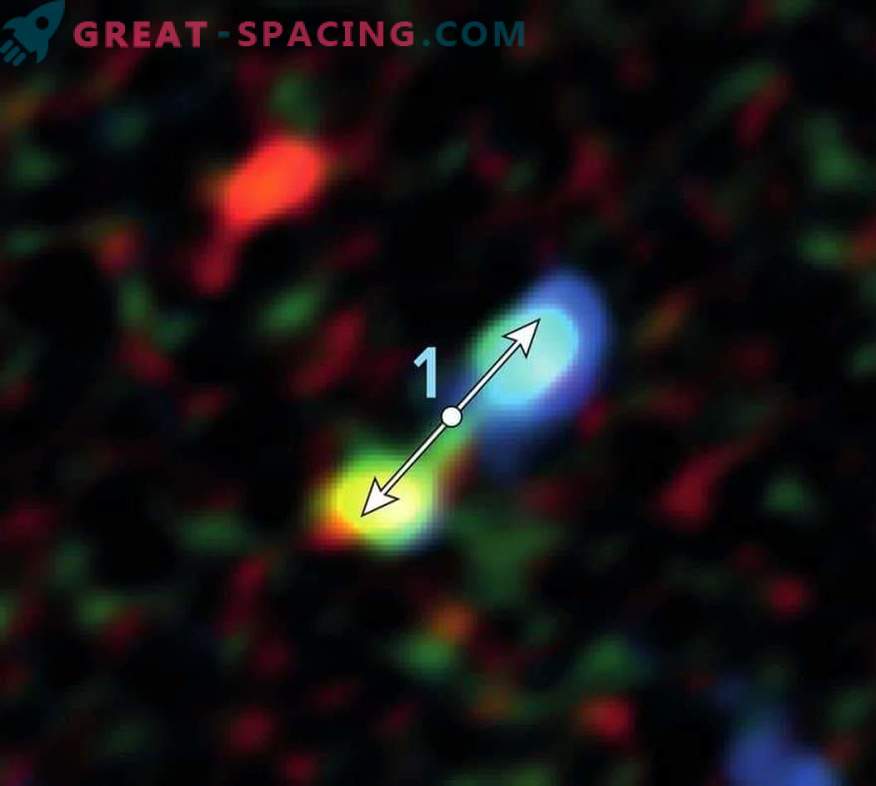
A double blade created by jets from one of the stars that are forming. ALMA recorded 11 signs of stellar birth, close to a supermassive black hole Sagittarius A *
Information ALMA also suggests that the age of protostars - 6000 years. This is extremely important because we observe the earliest phase of the star formation in a hostile environment. The team managed to find protostars by the classic signature of “double petals”. The shape of the hourglass resembles and signals the early stages of stellar development. Molecules of carbon monoxide (CO) in the petals shine brightly in the millimeter light captured by ALMA.
Prostar stars are formed from interstellar dust and gas clouds. Dense pockets are destroyed due to the pressure of their own gravity, but some of the material does not fall on the star, but is blown out in the form of a pair of high-speed jets from the north and south poles. Extremely turbulent environment can disrupt the usual movement of material, and intense rays from massive stars and super massive black holes can explode the parent cloud.
The supermassive black hole in the galactic center is 26,000 light-years distant from us and exceeds the solar mass by 4 million times. Optical telescopes cannot view this site due to large dust accumulations. But ALMA bypasses the limitations.
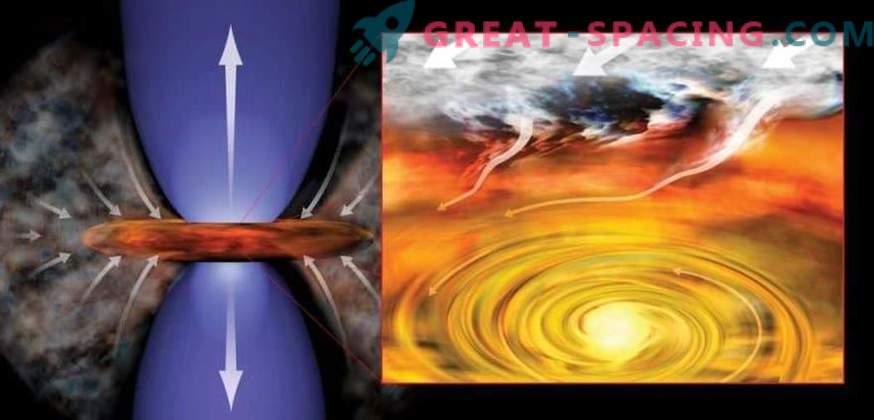
Young stars are surrounded by a rotating dust and gas disc. In this artistic interpretation, the young star pulls material from the environment into a rotating disk (right) and generates jets of material (left)
Earlier in this area, protostars were spotted. But the new survey is surprising because 11 objects managed to get so close to a supermassive black hole. To make this happen, external forces had to compress gas clouds near the galactic center. This would help overcome the hostile nature of the region and allow gravity to create stars. Perhaps the jet of a black hole also burst into the gas clouds and lead to a surge.
The researchers plan to examine the newly formed stars more closely in order to understand how they managed to form in such extreme conditions.
